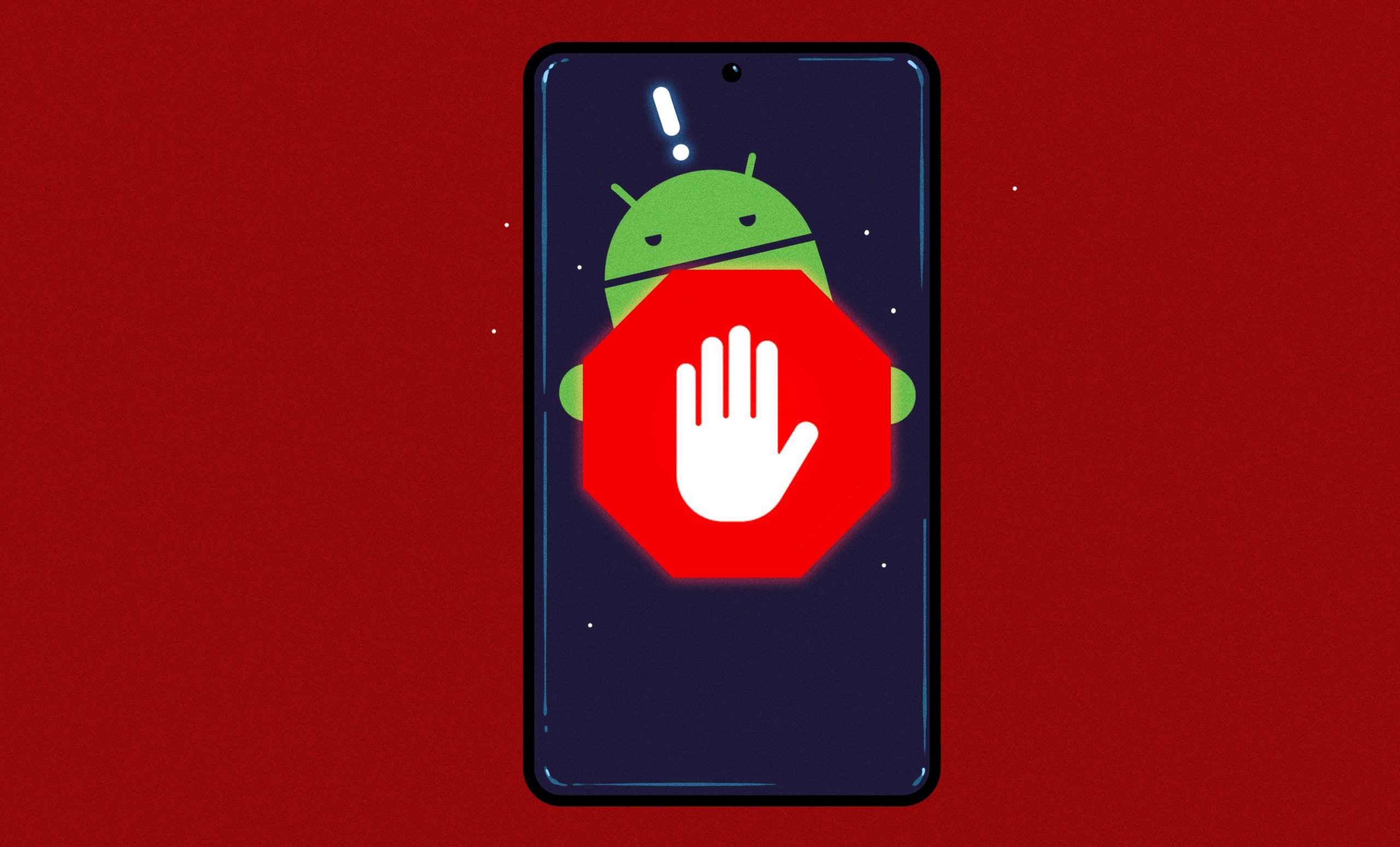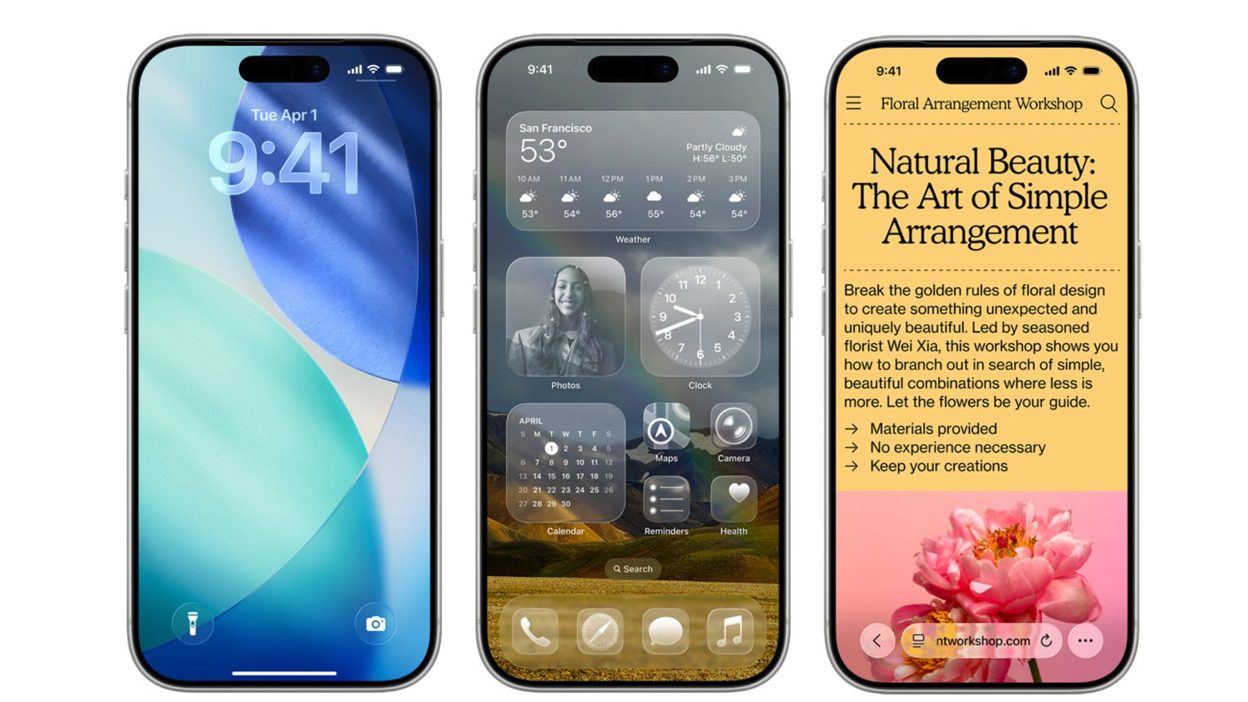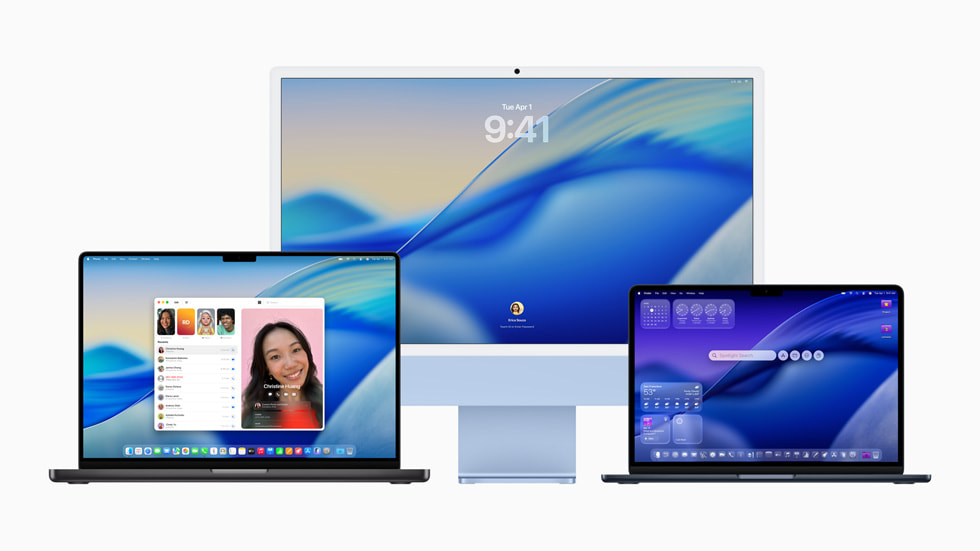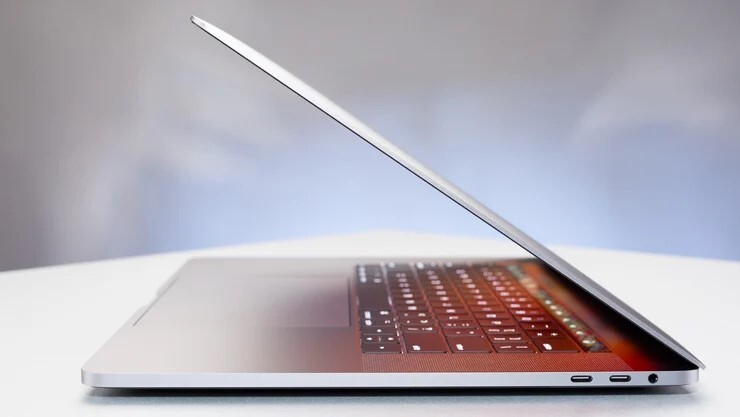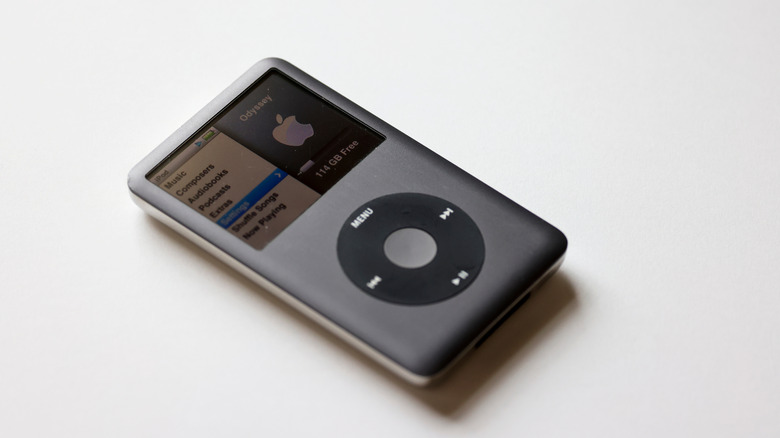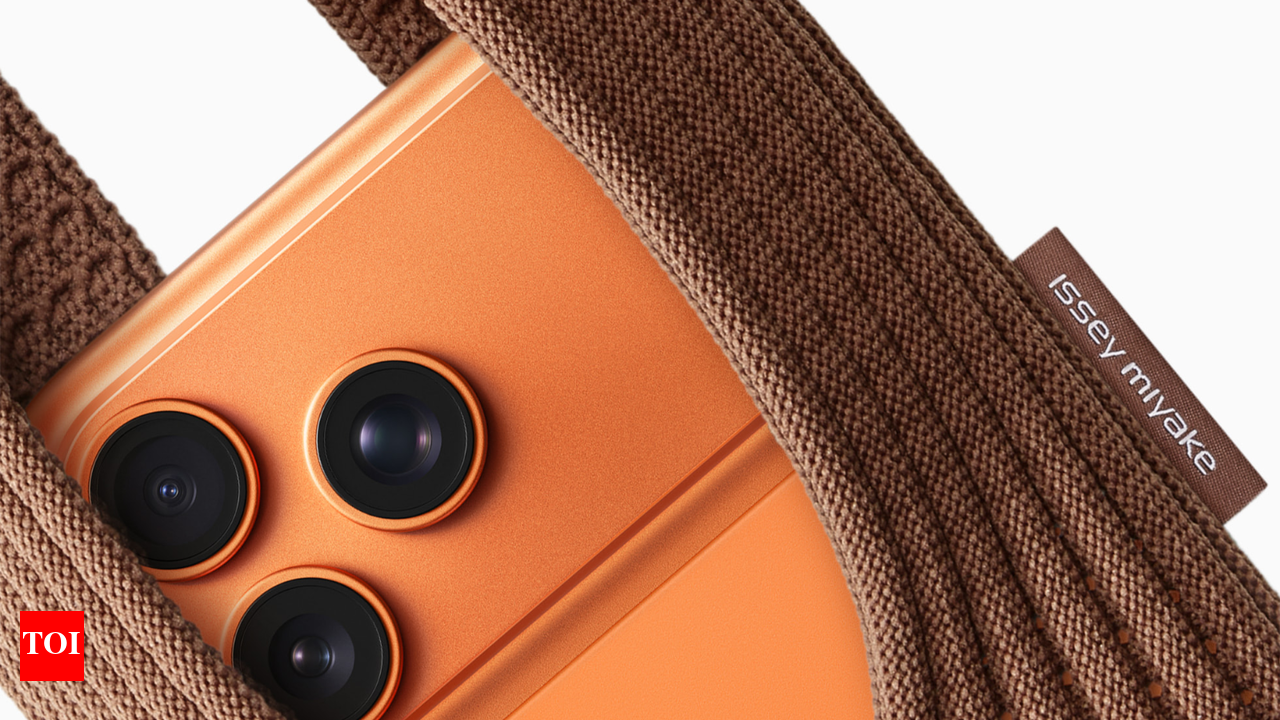I assumed tablets and Chromebooks were finished?
What you need to know
– A recent report from Omdia indicates that worldwide tablet shipments have increased by over 5% in the last year.
– Chromebooks are also reported to have experienced stable growth, with the report noting a 3% rise in shipments.
– Lenovo is significantly leading the pack, showing a 23% increase in tablets and nearly 55% growth in Chromebooks.
Tablets and Chromebooks are said to be on the rise in popularity, as suggested by a report from Omdia in early November. Global tablet shipments have seen an approximate 5.1% increase, with Lenovo leading at 23%, followed by Huawei (11.5%) and “Others” (9.6%).
Apple and Samsung still dominate the overall market share. Nevertheless, both companies have witnessed a slight decline in their market share percentages as Lenovo and Huawei begin to encroach on their positions.
Equally noteworthy is that Q3 2025 marks the “seventh consecutive quarter of growth” for tablets, a trend that many may not have anticipated. The reasons for this ongoing trend are quite varied.
In the report, Himani Mukka, Omdia Research Manager, states: “Consumer demand has been fueled by factors such as regular new product launches, government support, a heightened interest in kids’ and gaming tablets, competitive pricing, marketing initiatives, and seasonal back-to-school purchases, which vary by region based on academic calendars.”
It’s surprising that no single factor has driven the ongoing growth in tablets. Conversely, Chromebooks have seen an increase in global shipments of 3.1%.
Among the companies cited in the report, only Lenovo and ASUS delivered more units over the past year. Acer experienced the sharpest decline, with its annual growth plummeting nearly 35% and an over 10% drop in market share, while Dell (-23%) and HP (-15.3%) also faced significant losses during the same period.
In contrast to tablets, there is one primary reason for the rising popularity of Chromebooks, linked to Japan’s GIGA 2.0 initiative. This project aims to guarantee that every student in “compulsory education” has access to a tablet or computer, making Chromebooks a fitting choice.
This was timely for the Chromebook market, as there was an almost 25% drop in global market share in North America. However, this situation could change rapidly, according to Kieren Jessop, Research Manager at Omdia, who states that they “anticipate education funding in the US will increasingly originate from state or local rather than federal sources, potentially providing a consistent boost to Chromebook shipments in that area.”
It will be intriguing to observe how these figures appear this time next year. We already have a strong indication that Google is preparing to launch Qualcomm-powered laptops running Android in 2026. However, it remains uncertain how this will unfold and whether these devices will replace Chromebooks or coexist with them.
Read More

